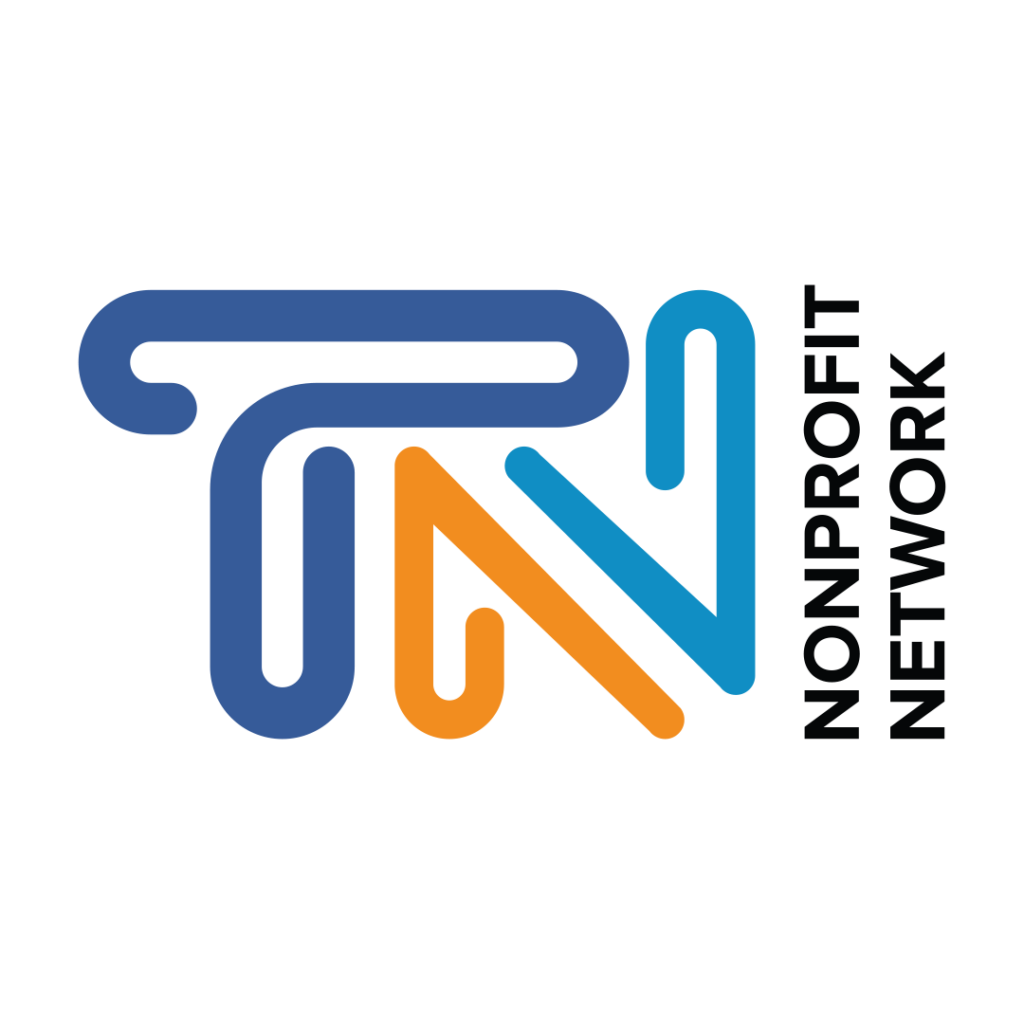Have you noticed that your volunteer program has more female volunteers and is lacking in gender diversity? You aren’t alone. There’s a significant difference in the number of male volunteers compared to female volunteers in the United States. Here’s a breakdown:
- Percentage: Women make up a larger portion of volunteers, around 64% compared to 36% for men.
- Numbers: Translating to actual numbers, this translates to roughly 7 million female volunteers and 4 million male volunteers on an average day.
- Trends: Interestingly, while volunteer rates have dipped slightly in recent years, the decline has been steeper for women than men.
A well-rounded volunteer pool brings a wider range of skills and perspectives to the table. So, how can you attract a more diverse group of volunteers, including men and people of all genders? Here are some key strategies:
Tailor Your Messaging:
- Focus on Impact and Skill-Building: Many people, regardless of gender, are motivated by a desire to make a difference and develop new skills. Frame your volunteer opportunities around these themes. For example, instead of “Help care for animals,” try “Be a part of the solution to pet homelessness: Foster animals in need!”
- Highlight Teamwork and Community Building: Many people value collaboration and a sense of belonging. Emphasize the opportunity to work alongside others while making a real impact in the community.
Expand Your Recruitment Channels:
- Target Community Groups and Networks: Consider partnering with organizations that serve diverse populations. This could include LGBTQ+ centers, men’s service organizations, sports leagues, or professional associations. These groups often have a strong sense of community and might be eager to give back.
- Utilize Diverse Media Platforms: Advertise your program in publications or online spaces frequented by a variety of demographics. This could include local community papers, social media groups geared towards different interests, or online platforms serving specific populations.
Offer Flexible Opportunities:
- Promote Short-Term Projects or Events: Recognize that people might have less time to commit on a regular basis. Offer one-time events, weekend projects, or short-term volunteer opportunities to make participation easier.
- Showcase Volunteer Roles with Clear Time Commitments: Be upfront about the time commitment for each role. This allows everyone to easily identify opportunities that fit their schedules.
Showcase the Impact of Diverse Volunteers:
- Feature Diverse Volunteers in Your Marketing Materials: Let potential volunteers see themselves reflected in your program. Use photos, quotes, or testimonials from current volunteers of all genders and backgrounds to showcase the positive impact they have.
- Highlight Opportunities Where Everyone Can Excel: Many volunteer programs need mentors, coaches, administrative support, or construction volunteers. Promote these roles and how they leverage the strengths of people from all walks of life.
Create a Welcoming Environment:
- Offer Training and Support: Ensure all volunteers, regardless of gender identity or expression, feel equipped and supported. Provide clear training and ongoing guidance for your volunteer roles.
- Organize Inclusive Social Events for Volunteers: Foster a sense of camaraderie by hosting volunteer appreciation events or team-building activities that cater to a broad range of interests.
Remember:
- Be Inclusive: Use gender-neutral language throughout your recruitment efforts and program materials.
- Track Your Results: Monitor the success of your recruitment efforts and adapt your strategies to reach a wider audience.
By implementing these suggestions, you can expand your volunteer base and create a more diverse and impactful program. Both your organization and the community you serve will benefit from the skills and dedication of a wider range of volunteers working together.
